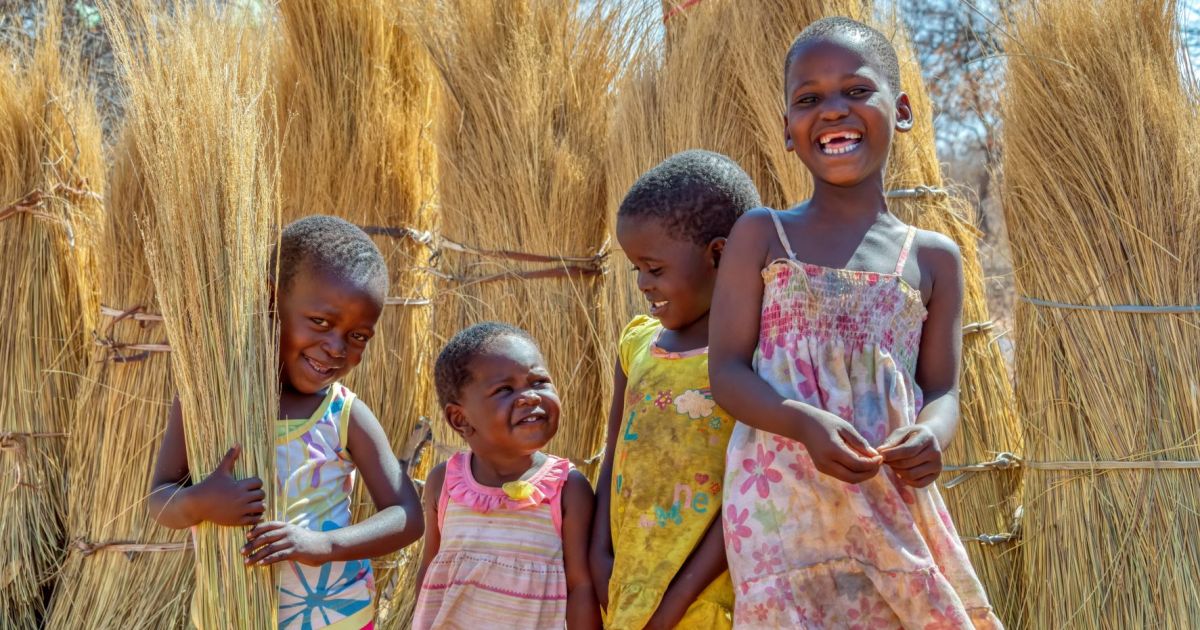In 2010, I asked the following question in one of my blogs: “Can rapid population growth be good for economic development?” It quickly became the most read blog in World Bank history, as it was part of a broader controversy. At the time, most people still believed the world had an “overpopulation problem” and adhered to some version of the Malthus theorem or Paul Ehrlich’s “population bomb” theory. However, a handful of people, including Hans Rosling, Shanta Devarajan, and me, saw a very different story emerging from the data.
In our view, the “overpopulation camp” was misreading the consequences of population growth because it was misinterpreting the sources of that growth. Today, the main driver of population growth is not high fertility (as in the past) but increasing longevity, especially in emerging market regions. As such, population growth—underpinned by the “filling up of adults,” as Hans Rosling called it—is not a symptom of underdevelopment but just the opposite.
The skeptics were also wrong to think that more adults would result in higher unemployment assuming that more people would compete for a small amount of existing jobs. However, this “fixed cake fallacy” does not account for scale economies and the workings of the labor market. Let’s illustrate that point by looking at South Africa and Japan. Both countries have almost the same number of children (ages 0-14), with Japan around 15 million and South Africa around 17 million. However, while Japan has 110 million adults (ages 15+) against South Africa’s 43 million, South Africa’s unemployment rate is ten times as high (30 percent) as in Japan (3 percent). Clearly, South Africa has an unemployment problem, but it is not driven by demography (see Figure 1).
Figure 1. Demography and jobs: A tale of two countries

Source: World Bank (2021), World Development Indicators, World Data Lab (2022) World Data Pro; International Labor Organization. (2020). ILOSTAT database [country profiles].
Today, if anyone has a demographic problem on their hands, it’s advanced economies where opinion shapers like Elon Musk worry we will soon face a shortage of skilled workers and eventually risk the survival of our species. A rapid decline in fertility almost everywhere means the global number of children (ages 0-14) is expected to shrink, from slightly below 2 billion today to about 1.8 billion by 2050. In Asia the total number of children is projected to fall by 220 million (from 1.076 billion to 855 million). The rest of the world will also have 40 million fewer children (a decline from 353 million to 312 million). The only exception is Africa, which will add around 100 million children (from 550 million to 650 million) to the world population by 2050. Indeed, in all of Africa, the number of children is still increasing by a relatively modest 1 percent per year—compared to a staggering 2.7 percent “adult growth”—resulting in an overall population growth of 2 percent. If Africa had followed the path of the rest of the world since 2000, there would be around 250 million fewer children in the world by 2050 (see Figure 2). Then the world would only be home to around 1.5 billion children (a 25 percent decline compared to 2000), which would have raised many more alarm bells among those concerned about the “depopulation” of our planet.
Figure 2. The world’s children: Asia’s decline, Africa’s rise

Source: Projections based on Wittgenstein Centre for Demography and Global Human Capital, (2018). Wittgenstein Centre Data Explorer Version 2.0.
With improvements in health and sanitation, Africa’s population growth will be even higher in the short to medium term. I believe this is a good thing, as this population growth is driven by adults. African economies could benefit from an education dividend as a larger cohort of parents invests more (resources and attention) in fewer children. In turn, as African kids “skill up” and gain access to digital value chains, they will find opportunities to work in tradable services. In an optimistic scenario, this education dividend will eventually result in a jobs dividend. If that happens, the projected global demographic imbalance can become an opportunity for Africa. Firms in need of talent will find Francophone and Anglophone native speakers only a click away. Investing in Africa will help both development and the bottom line.


